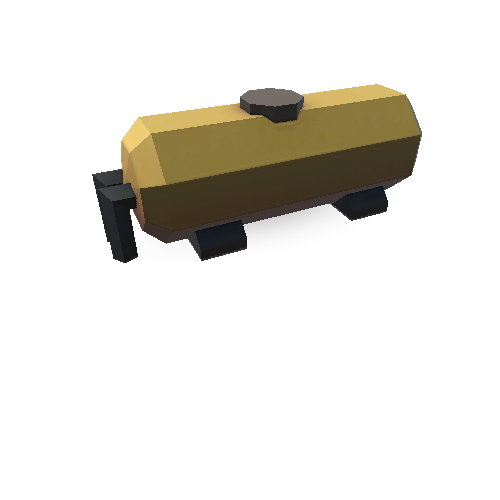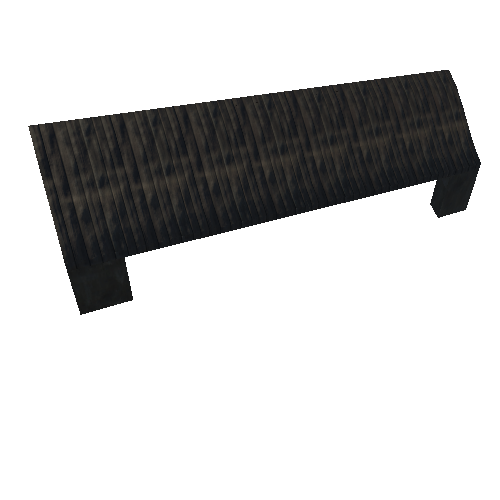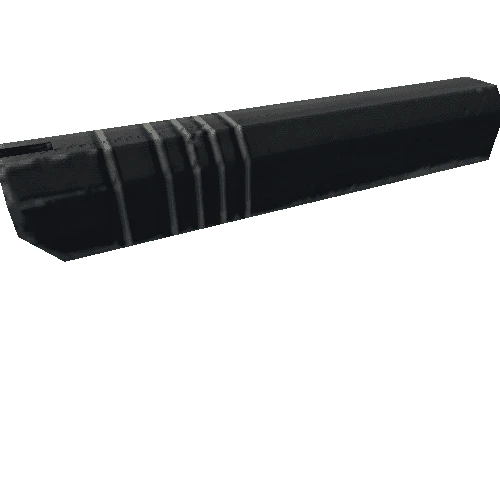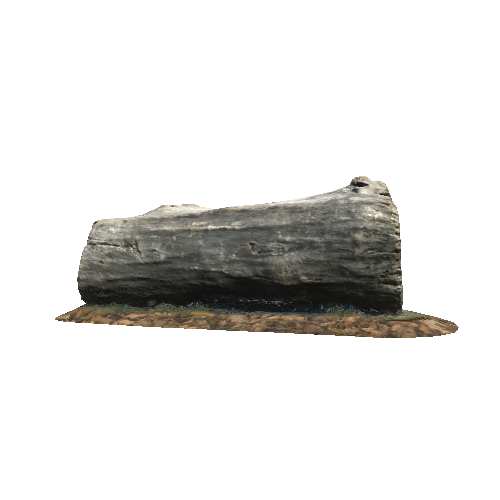Select or drop a image or 3D model here to search.
We support JPG, JPEG, PNG, GIF, WEBP, GLB, OBJ, STL, FBX. More formats will be added in the future.
Asset Overview
Mercury-based amalgam trough from Calatrava la Vieja, Castilla-La Mancha, Spain. Christian period, 12th-13th centuries. It was found in the 2005 excavations in the central area of the alcázar. It is complete, although broken from ancient times into several fragments. It was made from a single block of basalt. Originally, it could have been made as a sarcophagus for the burial of some outstanding person of the Military Order of Calatrava. Later it was used to work with liquid mercury. In fact, it was exposed to the direct action of fire, and provides abnormally high mercury impregnation rates in XFR analysis. In a first approximation, traces of copper and tin have also been detected, which seems to confirm its relationship with the artisan processes of production of gold-plated metallic pieces. Modeled from 682 photos in Reality Capture.
Barrio Martín, J & Chamón Fernández, J. (2008): Proyecto Dorados. Tecnología, conservación y restauración de los metales dorados medievales. Madrid, 191 págs.










